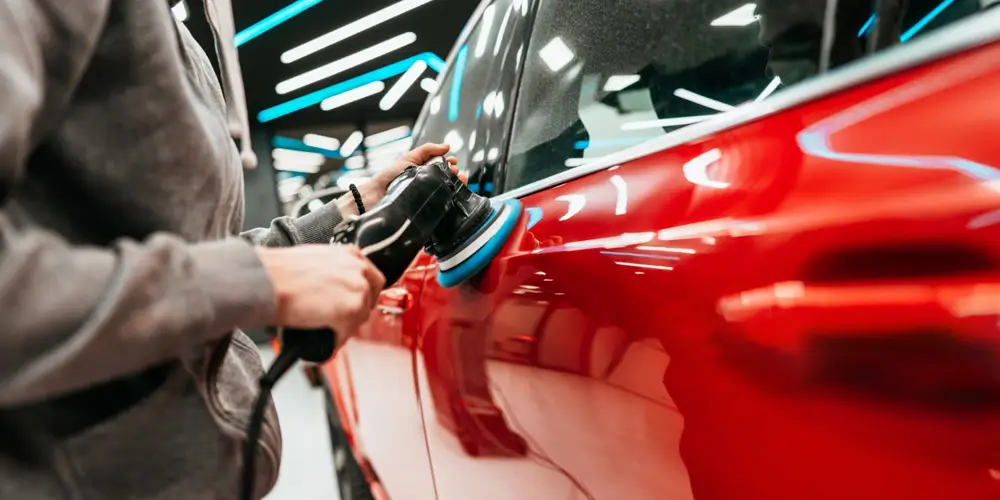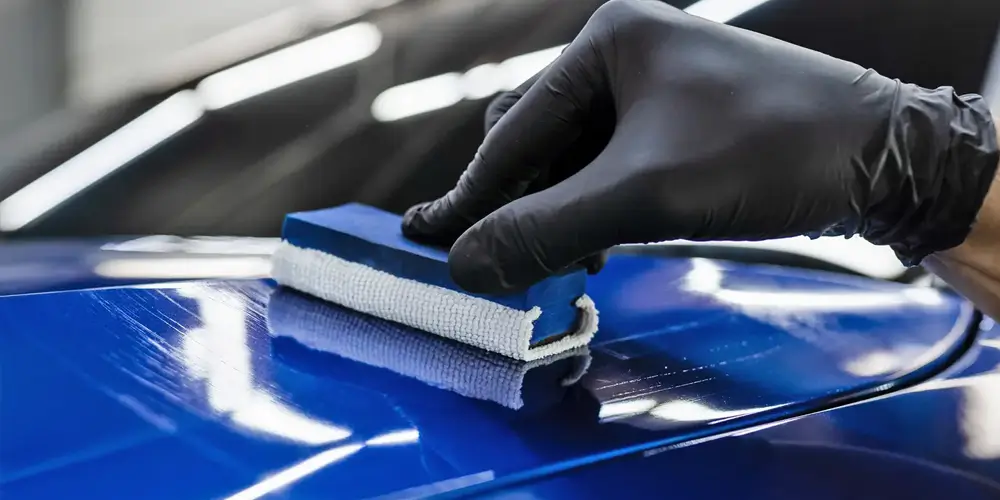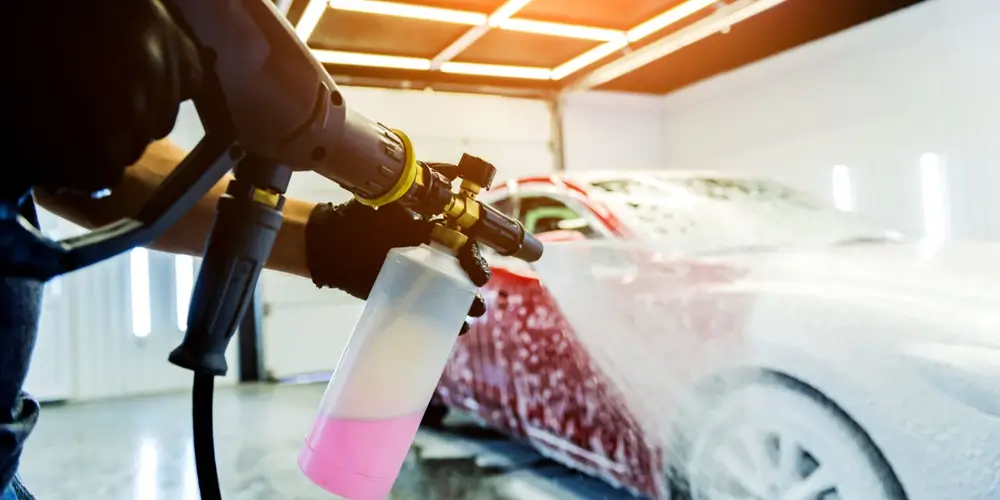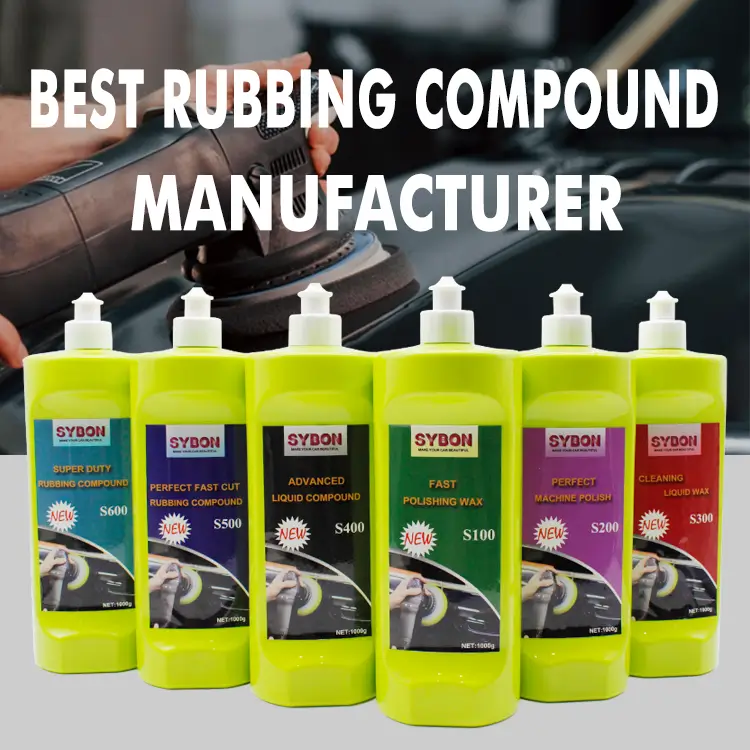Difference Between Car Polish and Rubbing Compound
In the realm of automotive detailing, achieving a flawless finish is the ultimate goal. Whether you're a professional detailer or a passionate car enthusiast, the terms "car polish" and "rubbing compound" are likely familiar to you. However, understanding the nuanced differences between these two products is crucial for achieving optimal results in your car care routine.
At SYBON, we pride ourselves on being experts in the field of polish compound manufacturing. With years of experience and a dedication to innovation, we aim to provide clarity on the disparity between car polish and rubbing compound to help consumers make informed decisions about their detailing products.
Car Polish: Enhancing Shine and Luster
Car polish is a product designed to enhance the shine and luster of a vehicle's paintwork. It is formulated with fine abrasive particles suspended in a lubricating liquid. These abrasives work to gently remove surface imperfections such as light swirl marks, water spots, and minor scratches, while simultaneously smoothing out the paint surface.
One of the primary functions of car polish is to restore the depth and clarity of the paint, leaving behind a glossy finish. It achieves this by leveling out any unevenness in the paint surface, effectively eliminating dullness and enhancing reflectivity. Additionally, car polish often contains oils or other additives that nourish the paint, helping to maintain its integrity and protect it from environmental damage.
When using car polish, it's essential to apply it using a soft foam or microfiber applicator pad in a circular motion. This ensures even distribution and minimizes the risk of introducing new scratches to the paint surface. After application, the polish should be buffed off using a clean, dry microfiber towel to reveal the full extent of the shine.
Rubbing Compound: Correcting Paint Imperfections
On the other hand, rubbing compound, also known as abrasive compound or cutting compound, serves a different purpose in the detailing process. Unlike car polish, which focuses on enhancing shine, rubbing compound is primarily used for paint correction – the process of removing deeper scratches, oxidation, and other significant defects from the paint surface.
Rubbing compound contains more aggressive abrasive particles compared to car polish. These abrasives are designed to cut into the clear coat of the paint, effectively leveling out deeper imperfections that are beyond the scope of what a typical polish can address. As a result, rubbing compound is particularly useful for restoring heavily weathered or neglected paintwork.
When using rubbing compound, it's crucial to exercise caution, as its abrasive nature can potentially damage the paint if not applied correctly. It should be applied sparingly and with moderate pressure, using a foam or microfiber cutting pad attached to a dual-action or rotary polisher. Working in small sections at a time allows for greater control and ensures thorough correction of the paint defects.
After application, the excess compound should be wiped away using a clean microfiber towel, revealing a significantly improved surface. However, it's important to note that while rubbing compound effectively corrects paint imperfections, it may leave behind a dull finish due to the aggressive nature of the abrasives.
Choosing the Right Product for Your Needs
In summary, while both car polish and rubbing compound play essential roles in automotive detailing, they serve distinct purposes and should be chosen based on the specific needs of the paintwork.
If your vehicle's paint has minor imperfections and you're looking to enhance its shine and luster, car polish is the ideal choice. It will effectively smooth out the surface and leave behind a glossy finish that enhances the overall appearance of the paint.
On the other hand, if your paintwork requires more intensive correction due to deeper scratches or oxidation, rubbing compound is the product of choice. Its aggressive abrasives will cut through the defects, restoring the paint to a smoother and more uniform finish.
At SYBON, we offer a range of high-quality car care products, including both car polish and rubbing compound, to meet the diverse needs of our customers. Whether you're looking to maintain the pristine condition of your vehicle or undertake a full paint correction project, you can trust SYBON to deliver outstanding results every time.
In conclusion, by understanding the difference between car polish and rubbing compound, you can make informed decisions about which product is best suited to achieve your desired outcomes in automotive detailing. With the right tools and techniques at your disposal, you can elevate the appearance of your vehicle and enjoy a showroom-worthy finish that turns heads wherever you go.
Source of this article:https://www.sybonbest.com
Get to know us through more channels:




